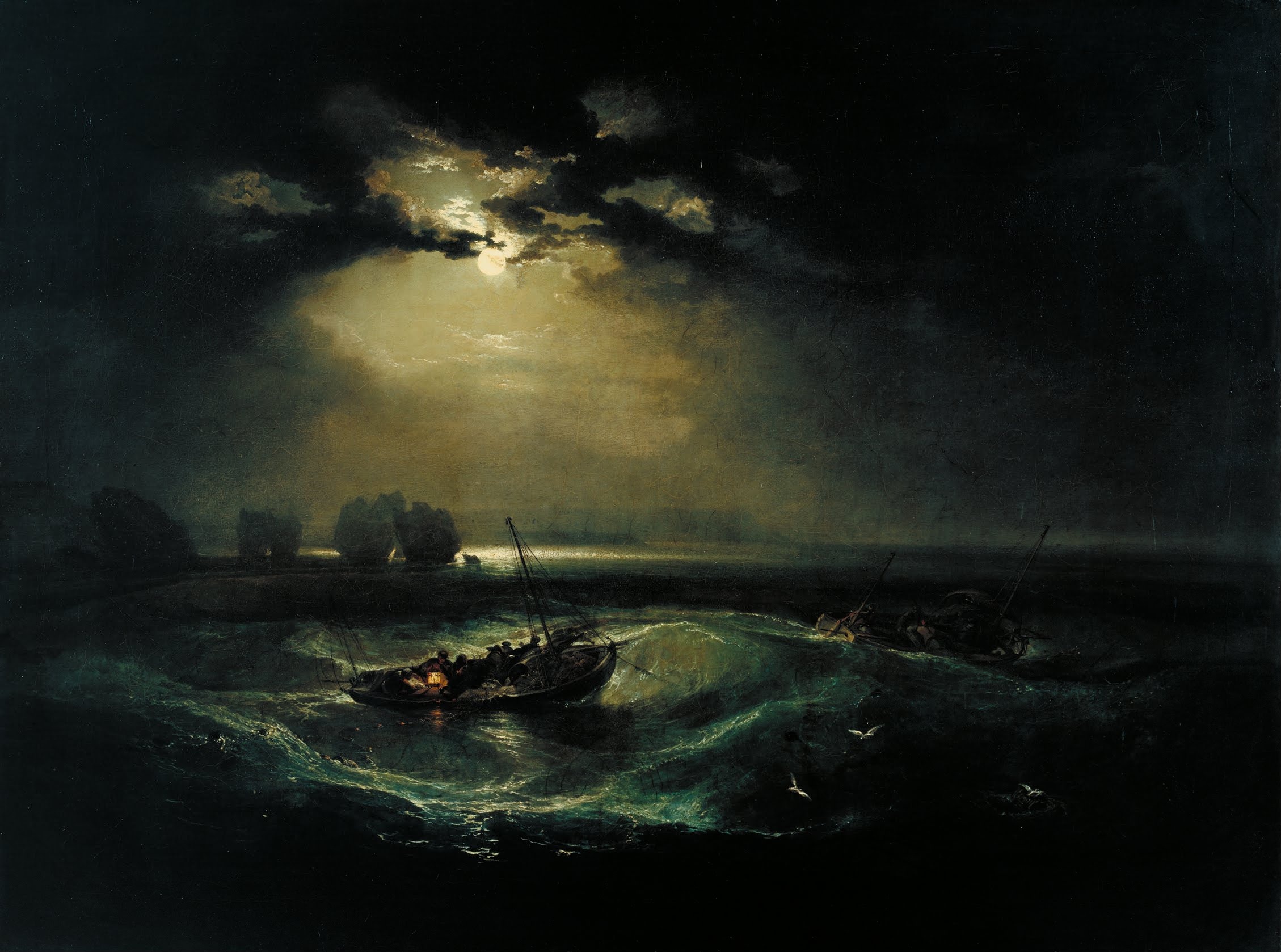Dreams of mathematics: how math comes to life during dream-time.
In the broad light of day mathematicians check their equations and their proofs,
leaving no stone unturned in their search for rigour. But, at night, under the full moon,
they dream, they float among the stars and wonder at the mystery of the heavens: they are inspired. Without dreams there is no art, no mathematics, no life.
Michael Atiyah, “Dreams”
For a 2016 interview with Atiyah, see here.
For a talk by Atiyah on “The Science of Beauty,” see here.






Formidable complexities and riddles, including those of mathematics and science, marinate in the unconscious, yielding often profound, exquisite solutions. It was, for example, in a dream that the father of neuroscience, Otto Loewl, puzzled out how to prove that the signaling of synapses in the brain is chemically induced. Actually, it took two dreams as his nocturnal notations written after the first dream were too vague. The solution crystallized with definitive clarity in the second dream.
Another example comes to mind: The genius Dmitri Mendeleev discovered the pattern of the table of elements in a dream. During his waking state he had identified their properties, atomic weight, etc. but their decisive pattern in the table only materialized in a dream.
The unconscious is an infinite reservoir of wisdom. One only need tap into it. The dream state is its most fecund and prolific locus.
Dr. G. Heath King